Egypt – South through Europe
Departure was planned for June 2nd, a Thursday, and a public holiday in the Netherlands. To make the most of the time available, we wanted to depart from Rotterdam, so the weekend before this I flew to the UK to pick up the aircraft and return it to Rotterdam. On Saturday May 28th I collected the aircraft from Popham, and flew it to Biggin Hill. I landed just behind a Cessna Citation private jet. As it rolled out, the controller passed it taxi instructions; she was met with a terse reply of “I’m still rolling out, you can talk to me when I have my speed under control”.
Turning off the runway, he came back on the radio and pompously offered the controller permission to speak. In the mean time I had landed and, my speed already “under control” by the first turn off, was on my way to the apron from the opposite direction to the Citation who was still being rude to the controller. Having had enough, she ordered the jet to hold position and wait while my little Maule taxied past in front of it and was parked first in prime position by the terminal; being rude doesn’t get you anywhere!
I have decided to call the aircraft, registration G-BUXD, “Bucky”.
Early on Sunday morning I returned to Biggin Hill. My father dropped me off, and my Aunt (who would be flying with me on the trip) came along to see the aircraft. We spent some time mounting the new HD Video Camera on the wing strut, giving a great view forwards without the distortion of the windshield. With the aircraft ready, I taxied to the self serve fuel to top off the tanks; the fueling apron at Popham is on a slope, and it had not been possible to refuel fully there.
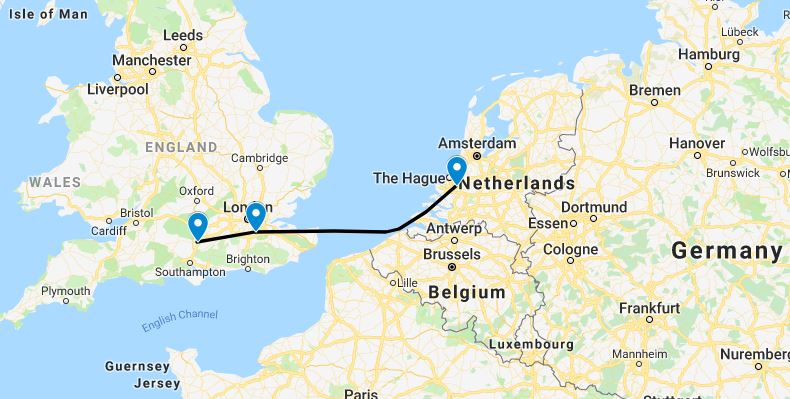
The takeoff roll was short, given the 15 knot headwind, and I took off and turned 180 degrees towards the East. The wind was behind me all the way, meaning I could pull back on the power and still enjoy 115 knot ground speeds. Coasting out over Manston, on the East coast of Kent, I was asked to relay a message to a Belgian aircraft with radio trouble that was not able to hear Manston. He finally read back the message correctly, after a few tries; he couldn’t even hear my transmissions properly despite being only a few miles away. I heard him again later, struggling to make out instructions from Ostende Radar.
Before reaching Dutch airspace, I was required to descend below 1300ft; Holland insists that any aircraft wishing to fly higher than that must have a Mode S transponder, and Bucky only has a Mode C. A swift run up the coast brought me to Rotterdam; technically Holland bans aircraft without Mode C from any controlled airspace, but I had arranged permission from Air Traffic Control for a one-off visit. The flying club was organising handling and parking for me, saving a lot of money over the commercial handling agents. I tied Bucky down in the allocated space, the prime spot just outside the club’s front door, and locked him up for the night.
It later turned out that Air Traffic Control were able to give permission to arrive at Rotterdam with a Mode C transponder, but could not give permission to leave again, creating a bit of a trap! Permission to depart had to be granted by the Ministry of Transport who were thankfully very responsive, and emailed through the required permit shortly before departure.
The day of departure started off badly, when we arrived at the airport at 8am to find that the flying club was still closed. We attempted to gain entry to the airport through one of the standard airport gates, but the lady on duty would only let me through; no passengers. In typical Dutch bureaucratic style, passengers would not be allowed in without a boarding card! I went through alone and taxied the aircraft down to the club and pre-flighted, ready to get under way as soon as the club opened and passenger entry was permitted. After the club was unlocked at 9, we packed up the aircraft and took off for our lunch stop at Joigny; our original lunch stop had closed to visiting traffic the day before, so we had re-planned for Joigny only 50km or so away.
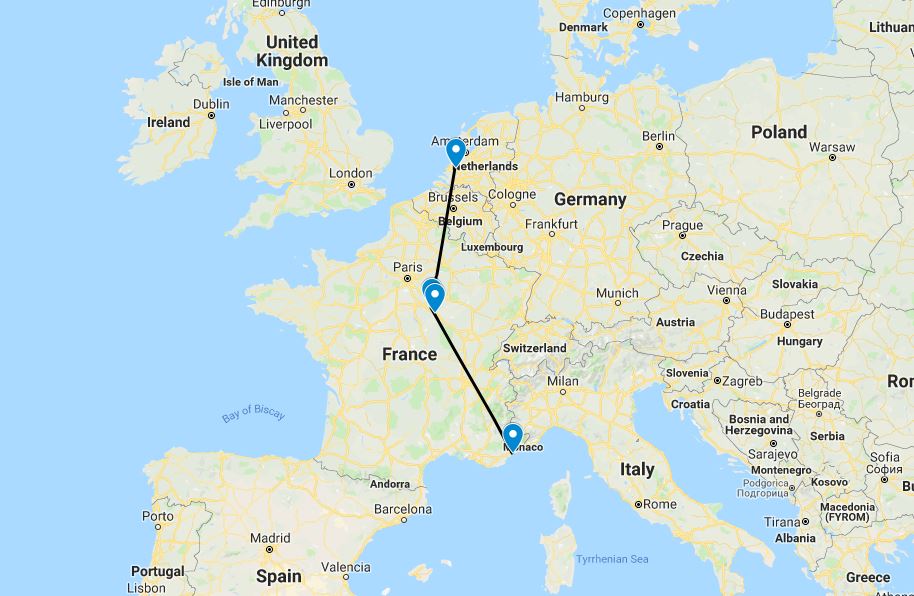
The weather for the flight down was superb, although we had to stay low to avoid controlled airspace and put up with the bumps from the thermals below. We rounded Paris at 1500ft, although it was invisible in the haze, and approached Joigny; as luck would have it, 30 seconds ahead of us was a KitFox microlight piloted by a locally based friend of mine who we were meeting for lunch.
We followed him in to land (mine was a little “sporting”, given the crosswind and the fact that I was still getting used to the aircraft!), and parked up alongside. Renaud and his 3 year old son Jeremy had come to join us, and we sat on the slopes of a vineyard eating our sandwiches in the sun, and waiting for someone to come and unlock the fuel pumps. In the end, no-one did come to unlock the pumps, so we flew the 15 minutes south to Auxerre and filled up with AVGAS. With full tanks we were very heavily loaded, but the aircraft shrugged it off and we headed off on the long flight to Cannes.
The flight to Cannes took us down the large valley that holds Lyon (a fueling stop on our trip the previous year). The weather had become poorer, and we were barely clear of the clouds at 2,500 feet. All around the high ground was obscured by cloud, and we were happy when it began to break up and let us climb to 4,500ft to clear the high ground on the way to Cannes. There was a strong headwind by this time, and we crawled the last hour at about 65 kts, finally descending into Cannes and landing alongside an apron full of gleaming private jets.
We refueled after our 4 hour flight (wherever possible we refuel on arrival, to ensure faster departures), and waited for 40 minutes for a car to finally come and take us to the terminal; we were not allowed to walk as it would have involved crossing the runway. We walked the 10 minutes to the hotel and settled in. The hotel was entirely forgettable, having been chosen purely for its proximity to the airport, and having failed to find a single open restaurant we dined at the local McDonalds and turned in.
We woke early, to find that it had rained heavily in the night. Leaving shoes on the windowsill to air turned out to have been a bad idea. We packed, and managed to find a period between rain showers to walk back to the airport. We felt a little out of place filing through the departures area in company with the private jet passengers, and were swiftly bused off to Bucky who had spent the night parked on the grass next to three Dutch Cessnas. It turns out Bucky is not 100% water proof, but thankfully the leaks are all in non-critical areas!
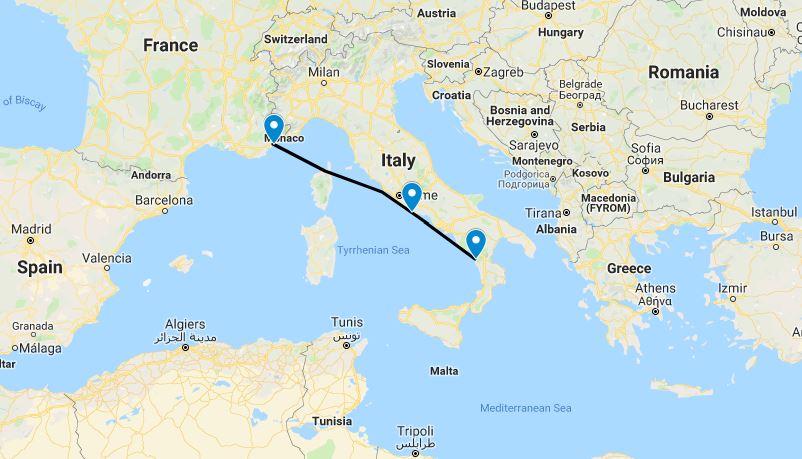
We taxied to the south facing runway and took out across the bay, gamely lumbering into the air heavily loaded once again. Our route took us south across the bay to join the standard route from the South of France to Corsica (where we spent three nights the previous August when on our way to Tunisia in the Diamond DA40-TDi), and after a while we were cleared to climb to our desired level of FL55 (roughly 5,500ft).
There was a significant headwind, and we made only 70kts as far as Bastia on the north coast of Corsica; we flew on overhead, and continued towards Rome, picking up speed slowly as we went. The Artificial Horizon decided that now would be a perfect time to fail, toppling slowly away from the horizontal. The Directional Indicator was suspect as well, but it was not immediately clear if the failure was of the AI itself, or the vacuum system; while low, the suction pressure was indicating barely into the green arc.
We covered the AI with a piece of paper to eliminate the distraction, and continued low level at 1000ft past Rome and followed the VFR route into Sabaudia, where we met local pilot and Flyer Forum member Riccardo. Sabaudia is a small 500m grass strip, with deep ditches at both ends of the runway; this rather concentrated the mind after the long tarmac strips of the previous day but the short field ability of the Maule shone through and we used only half the runway or so. Riccardo met us at the aircraft, and after introductions and reminder to use our windshield sunshield for the first time, drove us to a fantastic local restaurant for a lunch of seafood and wine (although I, of course, remained on the water!)
We returned to the airfield after lunch and Riccardo called our next stop, Scalea, to let them know that we were on the way. We added 30 litres of fuel, wanting to stay light for takeoff on the short runway, and swiftly climbed away and set course for the 180nm flight to Scalea. A short distance down the coast we came to Naples, and received clearance to fly the low level route across the city, over the international airport, and around Vesuvius. We flew directly over the excavations at Pompei, and then inland to cut through the mountains and descend to the plains of Salerno where my grandfather had landed with the Allies during the second world war. The plains now look so different to how they must have then, now being covered with towns and glasshouses for agriculture.
Further down the coast we flew over an archaeological site, where a friend of mine had been working. They’d wanted aerial photos of the site for some time but had been unable to afford them, so we made a few circuits snapping away at everything we could see, and hoping that we were photographing the right things! From there it was a short flight to Scalea where we were met by a friendly Italian man and his 8 dogs. After refueling us, he called us a taxi into town and we headed for the San Matteo Palace hotel – cheaper then our rooms in Cannes, and so much nicer! Dinner, after a walk around the steeply sloping streets of the beautiful town, was in a traditional Italian restaurant near the shore, and we turned in early ready for our long flight the next day.
I had struggled hard with my planning for the days flight from Scalea to Sitia, on Crete. The aircraft had not been performing at the promised 105 kts airspeed and 30 litres of fuel burn per hour; we were averaging more like 85 kts, and 35 litres, a significant difference. The available fuel in the new auxiliary tanks was also suspect; they claimed 55 litres each but having run them both to “empty” on the gauges, they only took 40 litres each when refueling. This meant that nearly an hour’s fuel might be sloshing around unusable. Planning at 90kts, and 35 litres an hour, meant we’d need nearly 6.5 hours of fuel; barely more than that available in the tanks. Complicating the matter was a scarcity of refueling stops, and early closing at Sitia; if we wanted a fuel stop, it would mean taking two days to get to Sitia, not one. After weighing the options and checking the wind forecast I elected to go for it; we had diversion possibilities 100nm, and 50nm, from Sitia if we really needed them.

So, we took off at 8.30am for the 580nm flight to Sitia. If all went to plan we’d arrive with 30 minutes to spare before closing time. We began the long slow climb to FL95; but gave up at FL75 and elected to cruise there instead. At 2500rpm, with the mixture well leaned, we were achieving 95kts ground speed, a good start. One hour in we’d averaged 80 kts, which was satisfactory given the climb, and we set off over the sea to Greece.
Speeds climbed steadily, and we averaged 100kts or more for the rest of the flight, 110+ in the last couple of hours. The water leg towards Crete was difficult; the haze obscured the horizon, and we had no Artificial Horizon to refer to; I was glad to finally begin the descent into Sitia with plenty of fuel in the tanks. We’d managed 5 hours fuel out of the mains before even touching the auxiliaries, so landed after nearly 6 hours with a good 2 hours fuel to spare.
Refueling was done from barrels, and organised by an Australian who had moved to Greece and ended up working at Sitia airport. He was planning to return home soon given the poor state of the Greek economy. The taxi ride into town was short, and the hotel pleasant; only 2 minutes walk from the harbour and many tavernas along the waterfront. We enjoyed a traditional Greek dinner as the sun went down, surrounded by stray cats who all had their eyes on my fish.
We woke late on our first morning in Sitia, exhausted after 20 hours of flying in 3 days. The weather was perfect for a stroll along the seafront. We attempted to take the bus to a nearby village, but it turns out they don’t run on Sundays, so we relaxed on the beach for a while before returning to the hotel to prepare for dinner. A perfect day on Crete, which was, it turned out, repeated the following day as well! In the evening we climbed the hill to visit the remains of a Venetian castle that sits above the town, and enjoys a dramatic view across the bay.
Throughout our second evening in Sitia, I was awaiting updates from our Egyptian handlers on the status of our permit to fly into the country. At 1am the final update came in: “We hope to have it by 9:30am tomorrow”. We waited at the aircraft the next morning for word to come in, but no joy…the airport closed at 11am, and we were forced to return to the hotel. 1 hour later; the permit arrived! Bad timing, and we had to move on to “Plan B”; the same route, but two days later on the 9th, as our refueling stop at 6th October was closed on Wednesdays.
So, back to the hotel where they were surprised to see us! We reclaimed our rooms and headed to the palm groves at Vai for the afternoon; they are beautiful but unfortunately a little commercialized, and very busy even outside the main tourist season. The road there is brand new though, as are the buses; you can see where all the development money from the northern EU countries gets spent! Of course, this cash influx has not stopped them ruining their economies and even in Sitia there is a nightly protest in the main square against the government and its economic policies. We see very few people actually working though, and a huge number of people lazing around and enjoying life; fun, but perhaps contributing to the overall economic troubles…
The required permits came through mid-day on the 8th, so we were set for departure the next morning. Ahmed filed our flight plans for us from Cairo, and together he and Eddie arranged fuel and refreshments to meet us at 6th Otober airport when we arrived. We enjoyed our last day in Sitia on the beach, with another fantastic Greek dinner before turning in; I was certainly going to miss the food here! Iain, the Maule’s owner, had been waiting for us in Luxor since the 6th so it would be good to finally meet up with him; although significant problems with the Sudan permit were beginning to rear their head with just a few days to go.
Click here to read the next part of the story.
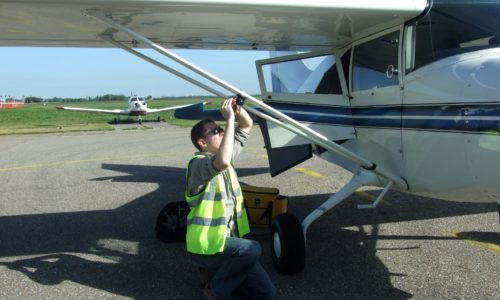
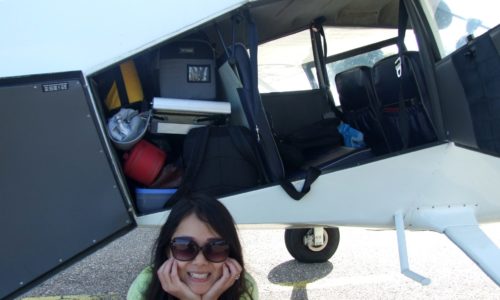


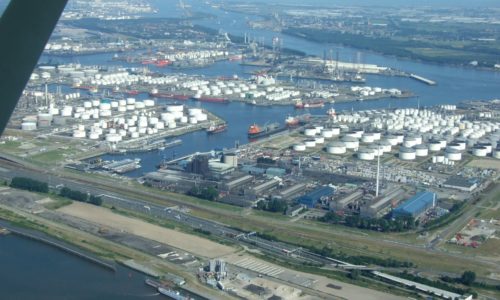
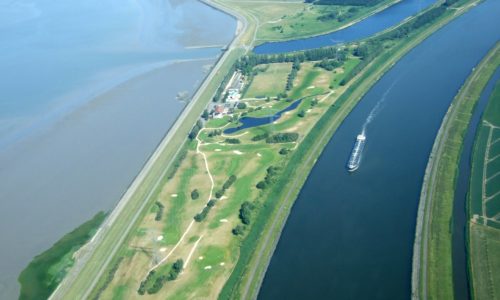
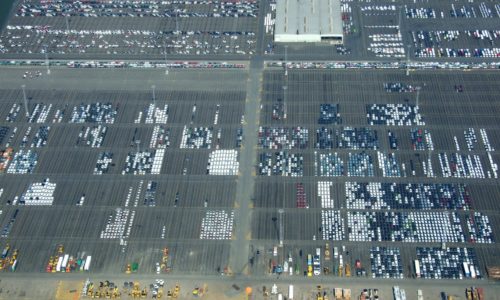
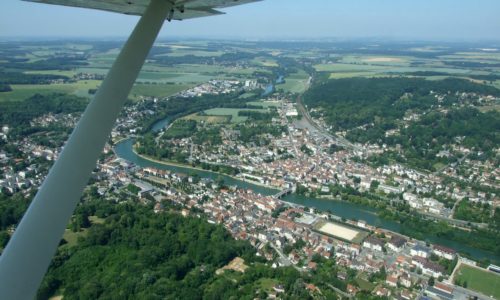
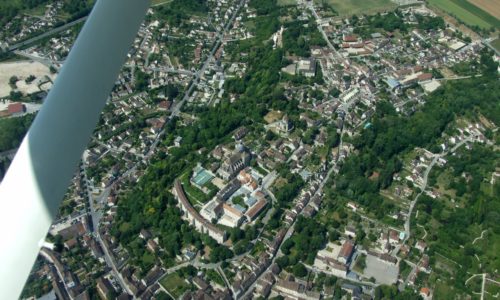





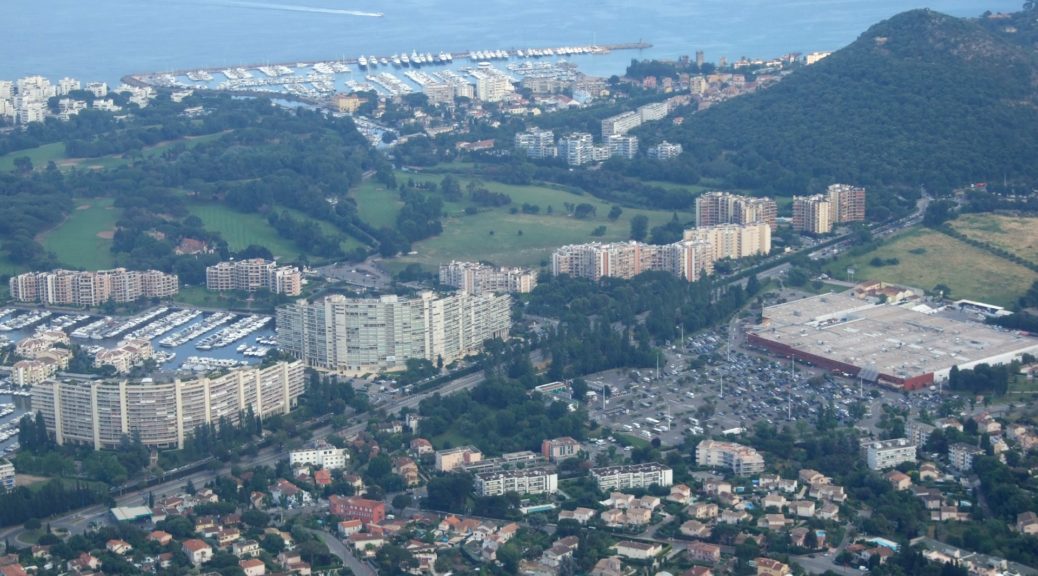
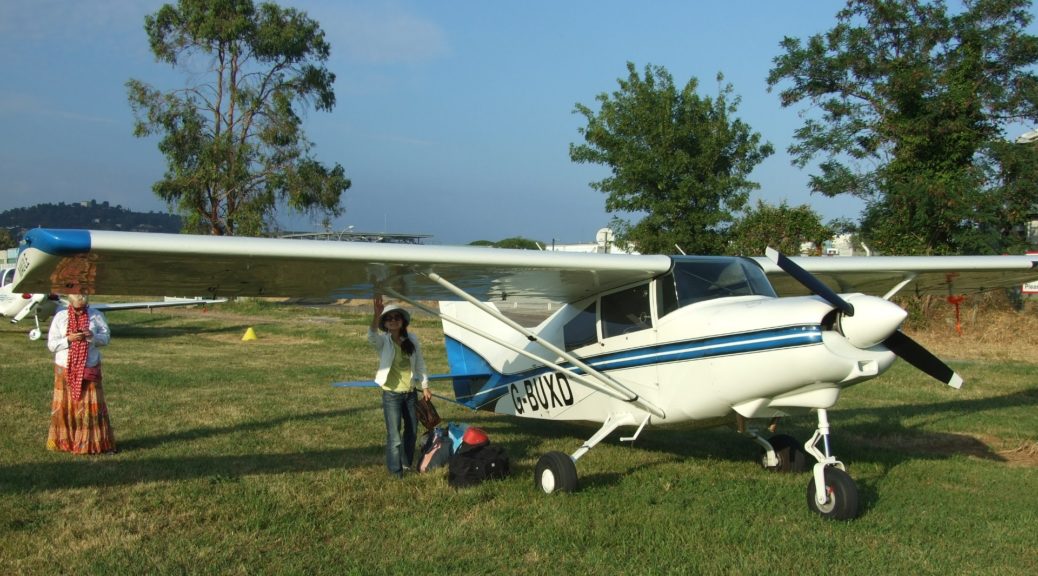
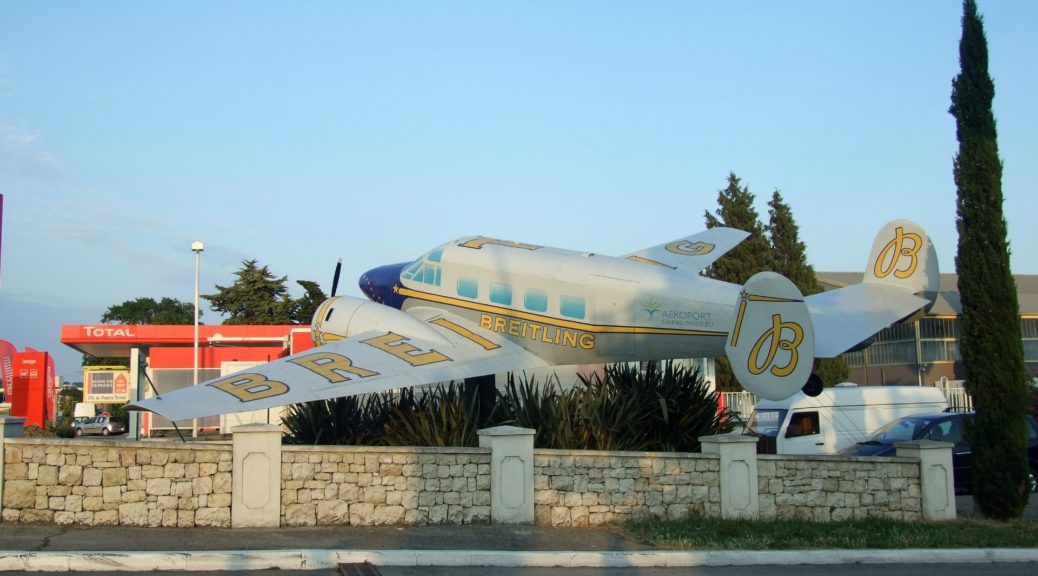
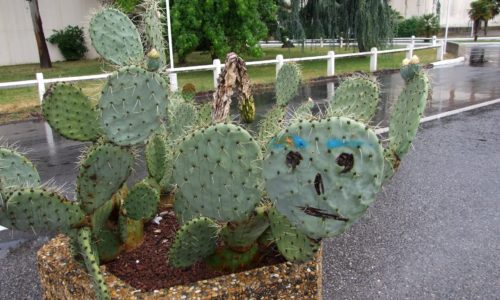
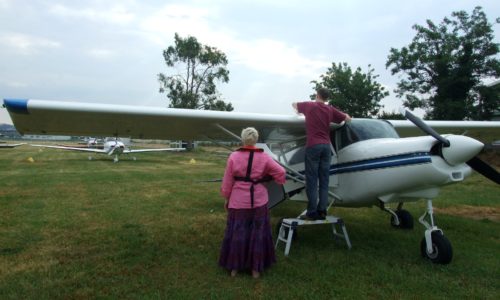
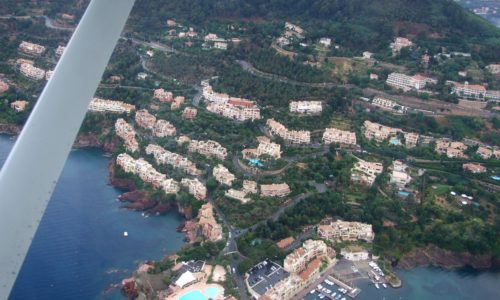
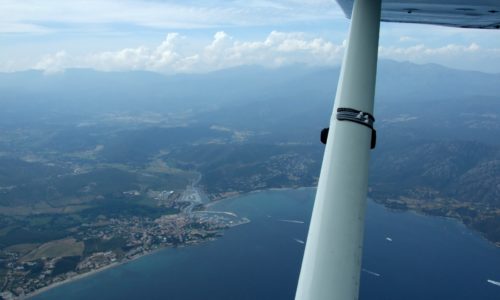
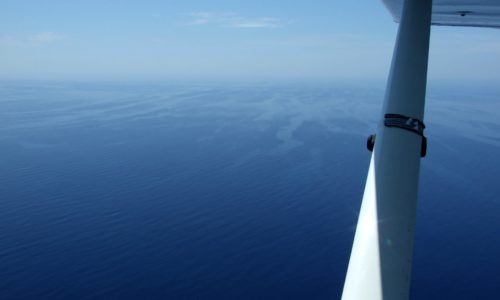
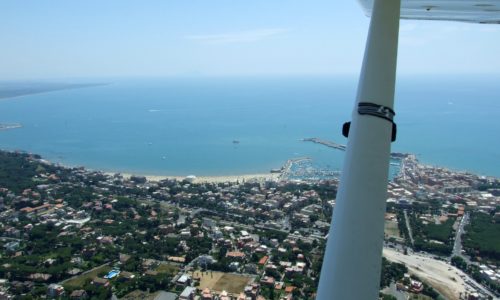
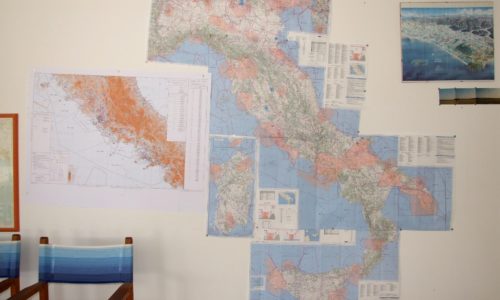
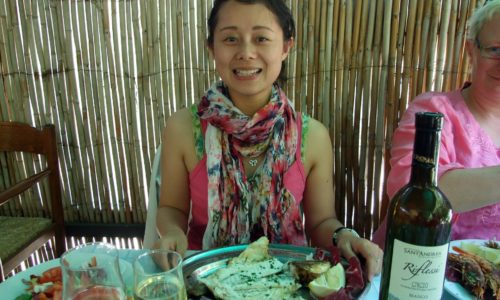


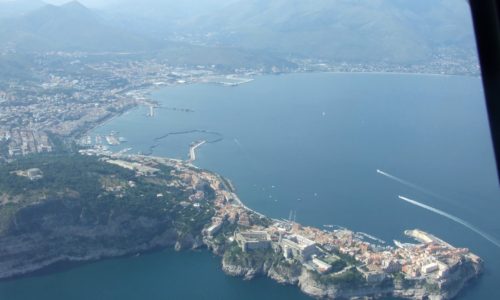
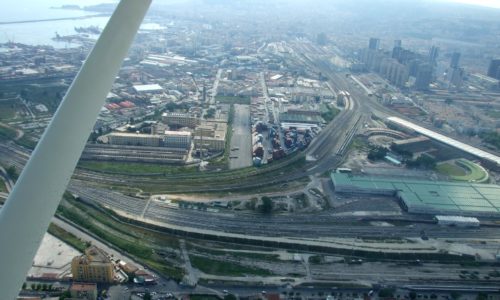
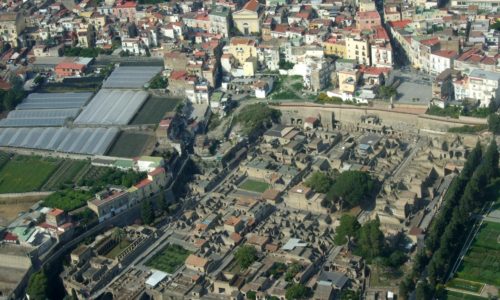
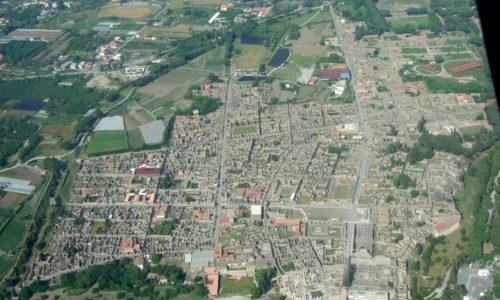

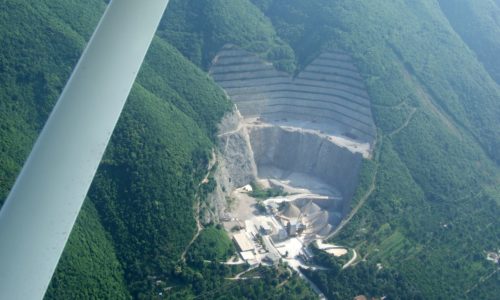
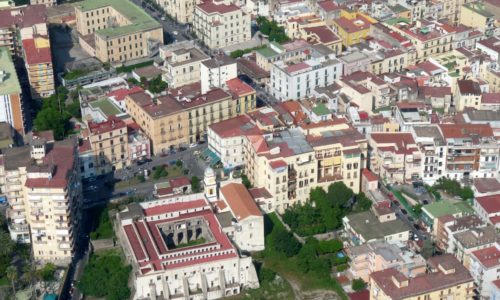
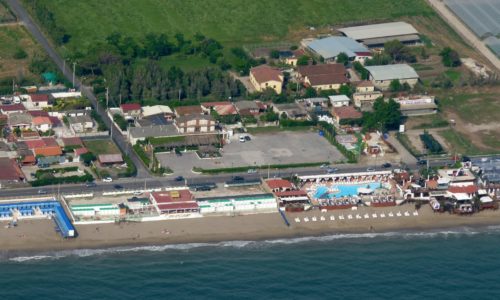
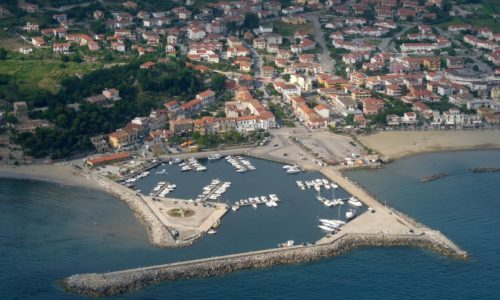



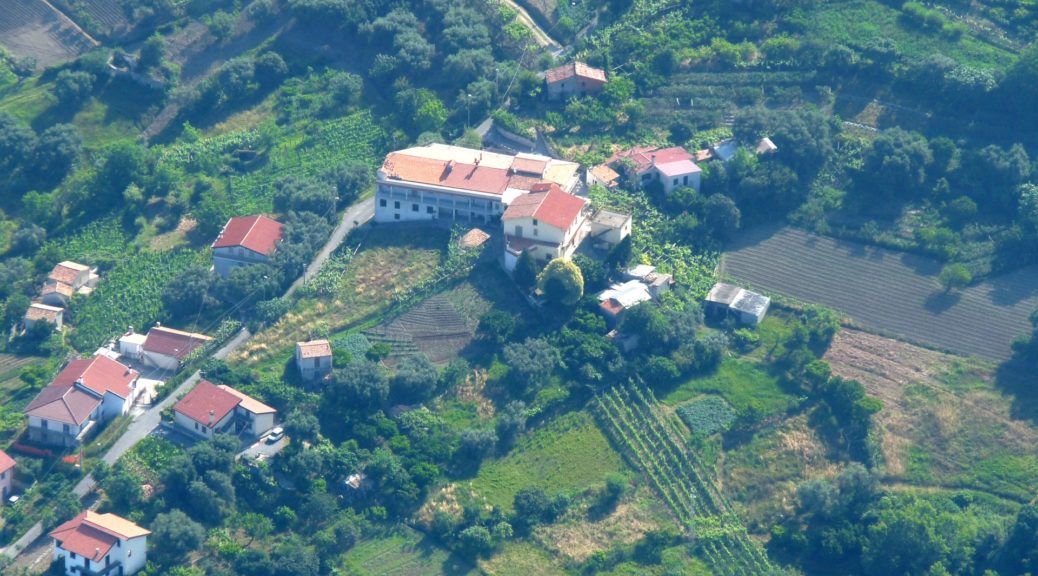
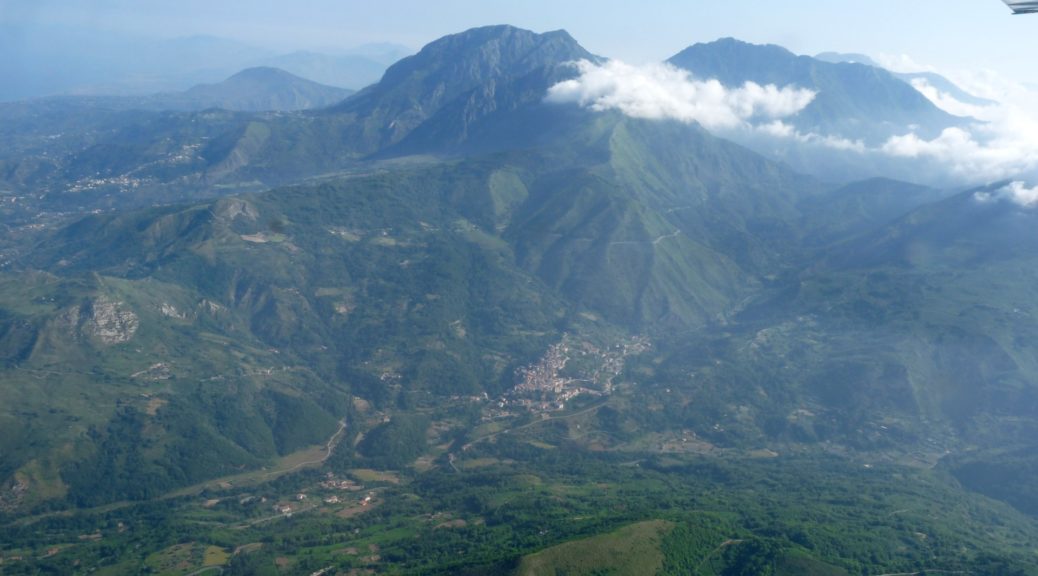
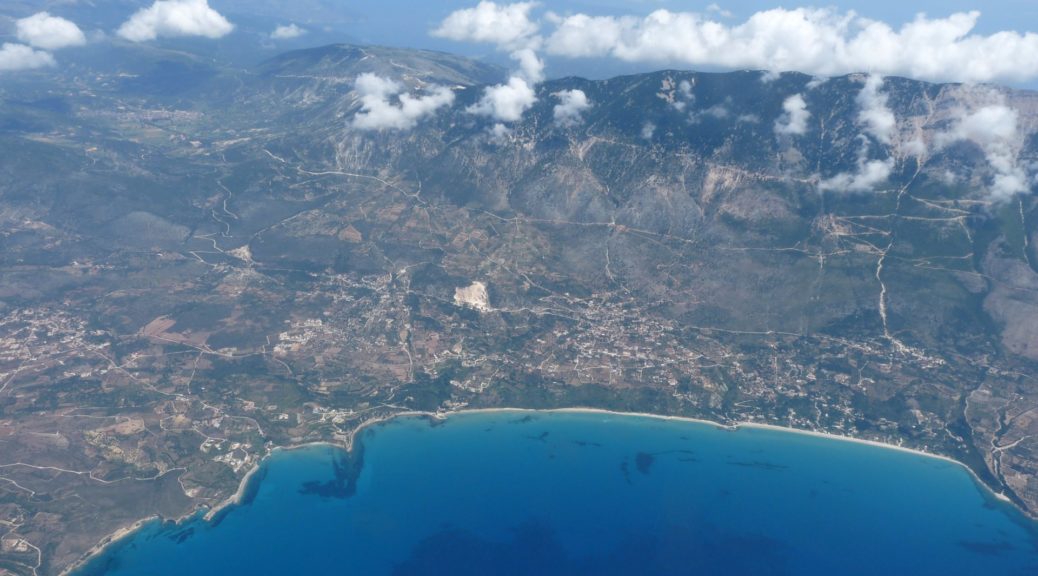
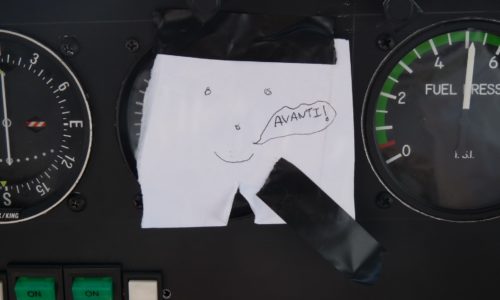
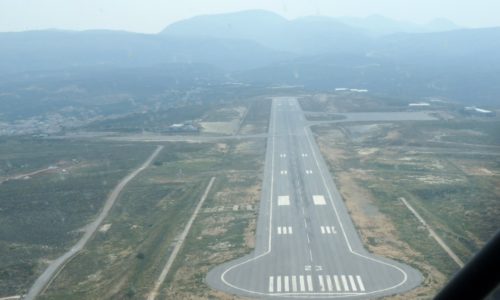
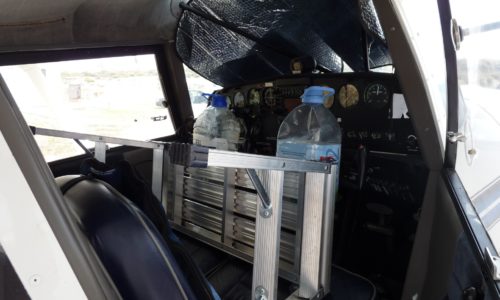
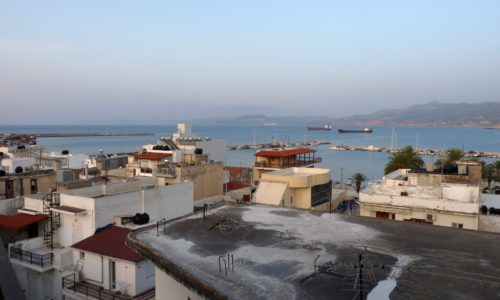
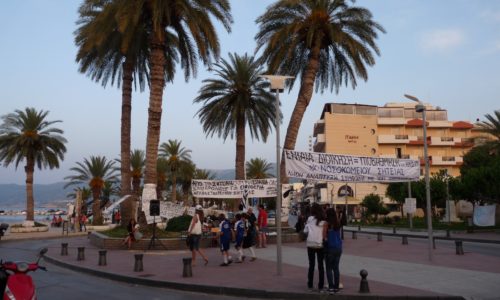






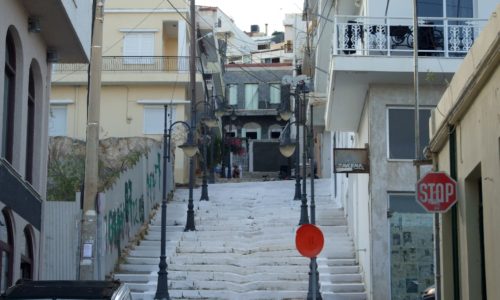
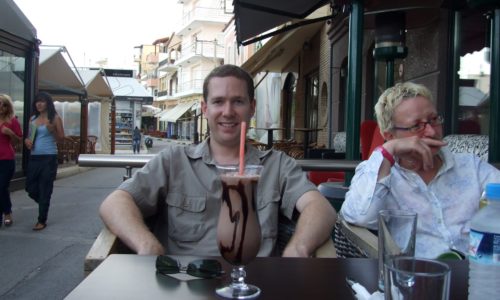
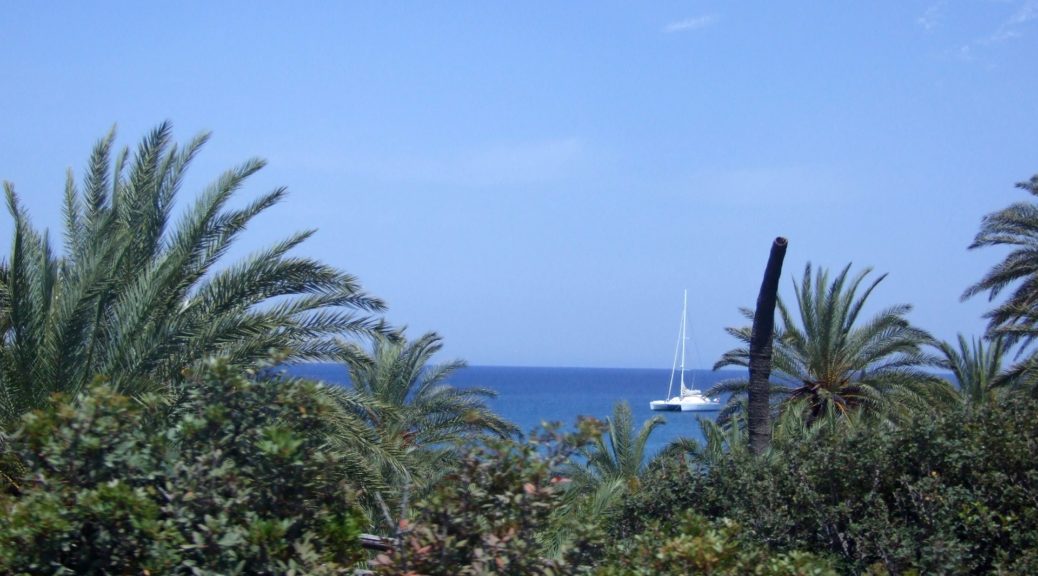
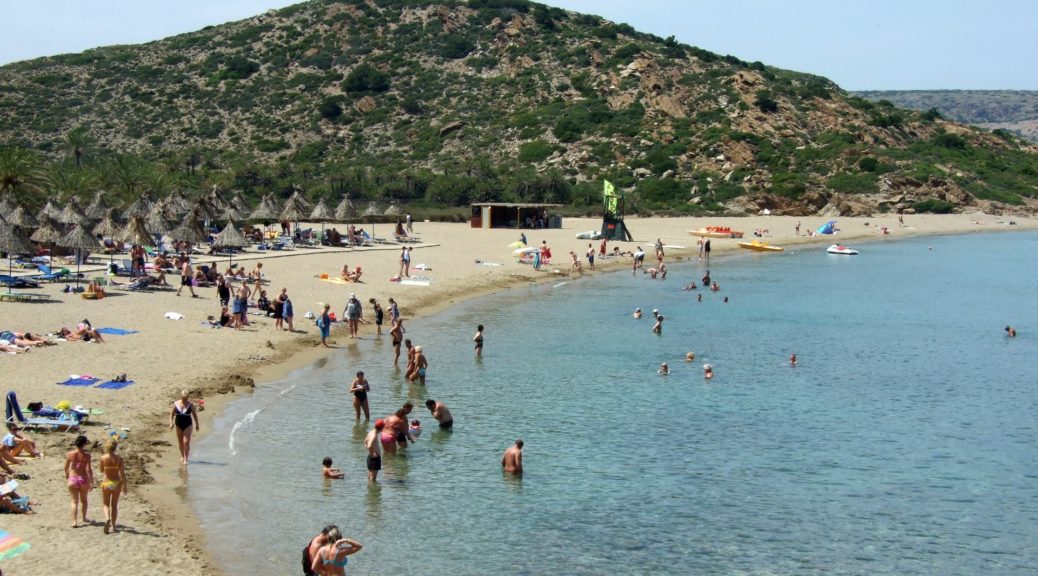

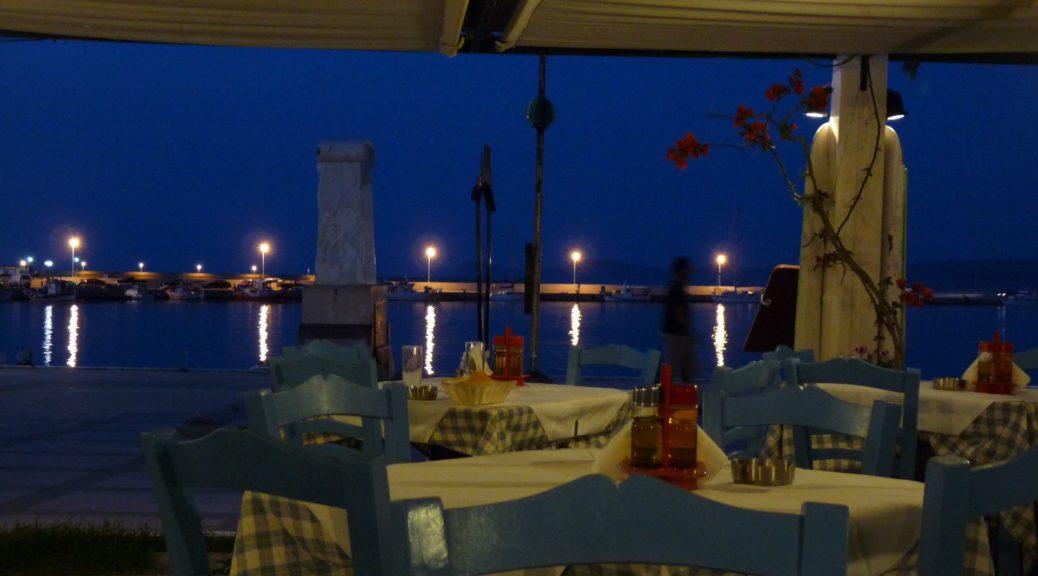
2 thoughts on “Egypt – South through Europe”
Loving all your flying stories. My husband and I are setting off on our Journey from the USA (where we have bought an old Baron) back home to Australia via Europe etc July 2024. We are finding your journeys so helpful
I’m very glad that you’ve found the site helpful!